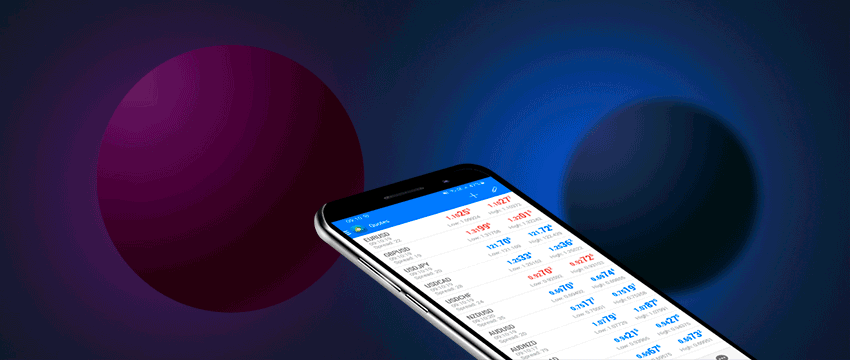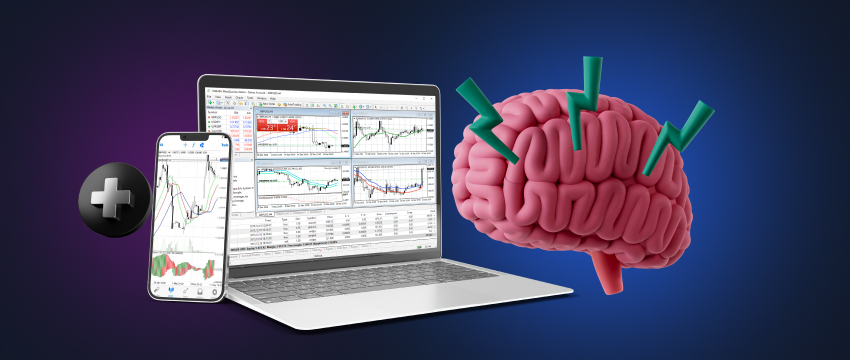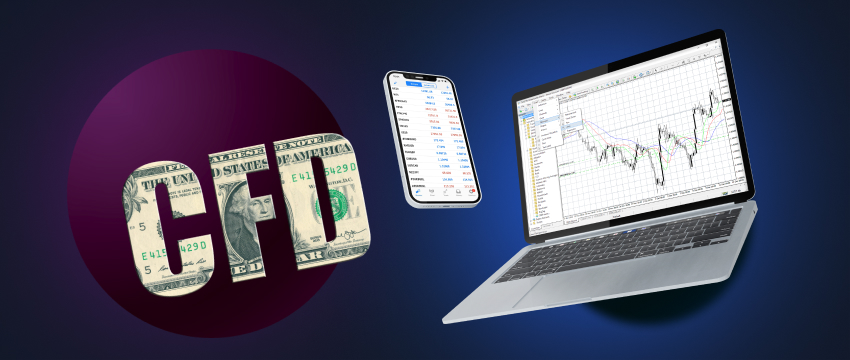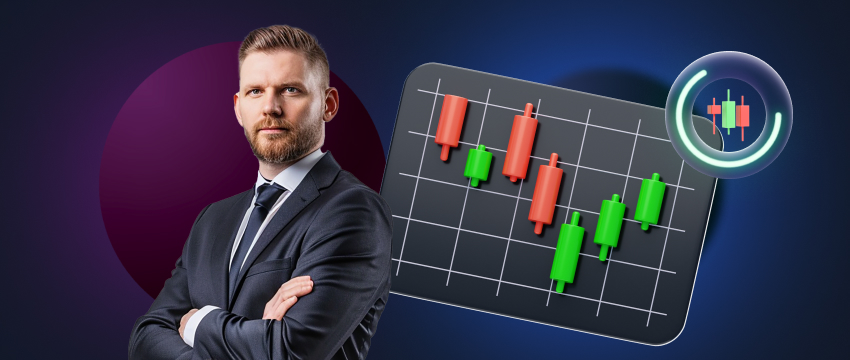If you’re a beginner trader in CFD trading, there are several key issues to be mindful of to facilitate a more positive trading experience. This is what we’ll be discussing in this article
Understanding CFDs
First and foremost, ensuring you have a proper understanding of what a CFD is, is key. A CFD is a contract for difference. Think of it as an agreement entered into between you (the trader) and a broker to exchange the difference in the value of a financial product (underlying asset) between the time the agreement opens and closes. CFD trading allows traders to speculate what direction the price of the asset will take (up or down), without owning the underlying asset. Unlike forex trading which pertains to currency pairs only, underlying assets in CFD trading include shares, commodities, metals, indices, cryptocurrencies, etc.
Managing leverage
CFDs are also renowned for certain inherent features that make them globally appealing. For one, they are highly leveraged products. Leverage is essentially borrowed funds that a trader utilises to open larger positions. If you are a beginner trader, understanding the risks associated with using leverage is vital. This is because leverage is highly volatile and if managed ineffectively, can result in considerable losses. So ensure you act vigilantly and don’t borrow funds you can’t afford to lose.

CFD trading strategies
CFD trading can also be executed using a variety of different strategies. Your trading strategy should be based on your level of expertise, the time you can commit to trading, and your budget. Different CFD trading strategies include swing trading, day trading, scalping, momentum trading, position trading, etc.
Low capital requirements
CFD financial markets are open 24/5 and trading occurs over the counter (i.e., online), rather than via physical exchanges. The size of one’s initial investment typically has no restrictions. This makes it easier for a beginner CFD trader with limited capital to start trading. CFD markets are usually among the most liquid, supporting a more efficient trading process.
Traders can go long or short
CFD traders usually have access to financial instruments that can be traded long or short. In CFD trading, the trader speculates whether an asset’s price will increase or decrease. If the trader believes the price will rise, they’ll buy (or go long). In contrast, if they predict the price will fall, they’ll usually sell (go short). Regardless of the decision the trader makes, proper risk management measures are important to mitigate against large losses. CFDs are also traded on margin.

Spreading risk through portfolio diversification
Portfolio diversification is another feature of CFD trading. Diversifying one’s portfolio is advantageous as it offers a way for a trader to spread risk. Rather than investing all their money into one type of trade or asset, a trader can open multiple positions across different asset classes. In this way, the trader increases the possibility of making gains from a range of markets.
Trading CFDs with a strategic risk management plan
It must be noted that trading CFDs can be impacted by many different factors. Unanticipated market volatility and price fluctuations are a constant threat. They typically come about because of geopolitical events, economic news, central bank announcements, investor sentiment, interest rates, unemployment rates, and many more. If not properly monitored, these factors can negatively impact trading outcomes. This is what makes using risk management tools so important to safeguard funds. Be this stop-loss orders or position sizing, a trader should have a proper risk management plan in place to protect their funds.
Learning how to trade CFDs using a demo trading account
If you’re still uncertain about how to go about CFD trading, opening a demo trading account with a reputable CFD broker will probably help you immensely. Be sure to choose a regulated CFD trader that is renowned amongst traders. To do this, conduct proper research. Visit different Forex broker websites and review the transparency of the information thereon. Look for customer testimonials and stories to get an idea of what to expect as far as client support is concerned. Consider getting in touch with a few Forex brokers to gauge how responsive they are. Do this via telephone, email or even live chat. Once you’ve determined which broker best suits you, proceed with the demo account.
Why the need for a demo account?
- A demo account offers a great way to learn how to trade CFDs without having to use your own money.
- It provides a simulated trading environment in which you can execute different trading strategies and assess outcomes.
- Using virtual funds, you can open and close positions and monitor live market conditions, to understand how trading works.
- You can discover more about technical analysis to make more strategic trading decisions and also get a feel for the trading platform.
- All this can be done without putting real funds at risk, giving you the time to boost your skills and confidence.

How to begin live CFD trading with T4Trade
With a broker like T4Trade, the process is easy. Simply open an account, complete the verification process and then fund your account. Provided these steps go off without a hitch, you can then start trading.
Why trade with T4Trade?
Trading through a reputable broker is key to meeting your trading goals. But more than this, a good trader is one that will help you achieve those goals. T4Trade does this in a variety of different ways.
Firstly, they offer a wealth of educational resources via the T4Trade Academy. Traders can access videos, podcasts, webinars, Live TV and Economic Calendar. T4Trade blogs are also an amazing source of trading tips, insights and information.
Secondly, T4Trade also offers multiple trading accounts for you to choose from. Pick an account that is best suited to where you are in your trading journey and level of expertise. Choose between the broker’s Standard, Premium, Privilege and Cent accounts. Start trading and access 300+ underlying instruments from 6 asset classes with some of the most competitive conditions.
Thirdly, T4Trade provides traders with some of the most flexible trading conditions. Traders can enjoy flexible leverage, tight spreads, fast withdrawals and deposits, quick executions, and 24/5 multilingual, top-tier customer support.
Fourth, traders can also trade using the broker’s innovative trading platform, MetaTrader 4, and gain access to some of the most advanced trading tools available in the world. This includes robust technical analysis tools, automated trading, technical indicators, charting, symbols, etc.
INFORMAÇÃO LEGAL IMPORTANTE: Esta informação não deverá ser considerada como aconselhamento ou recomendação ao investimento, mas apenas como comunicação de marketing.




